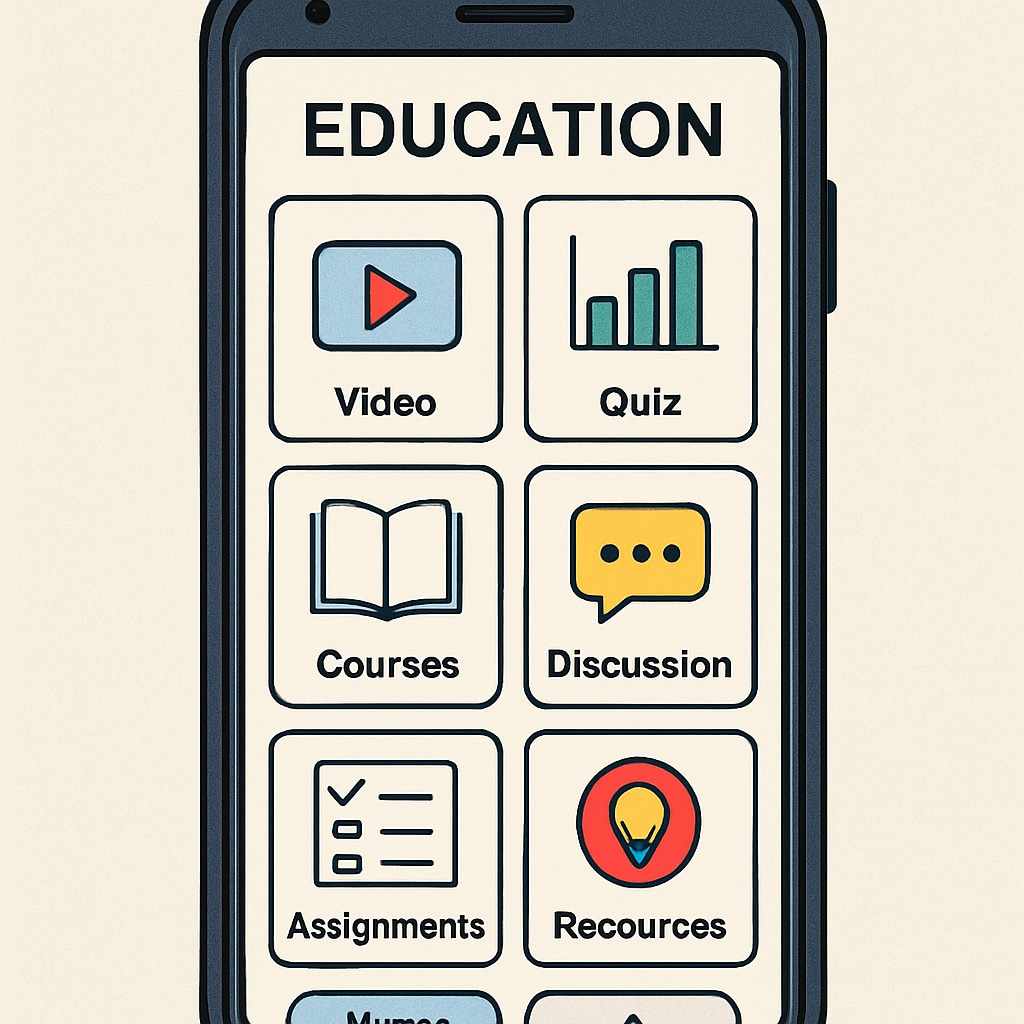The implementation of smartphone bans in schools has sparked conversations about their impact on school safety, learning environments, and access to educational resources. While such policies aim to reduce distractions and create a focused atmosphere, concerns about limiting students’ freedom and access to valuable digital tools persist. This article examines the advantages and disadvantages of smartphone bans and explores alternative measures that balance control and learning freedom.
The Benefits of Smartphone Bans in Schools
Smartphone bans have been praised for fostering a more focused and disciplined environment. For example, removing phones from classrooms can reduce distractions caused by social media, games, and messaging apps. As a result, both teachers and students can concentrate on lessons without interruptions.
Additionally, smartphone bans contribute to school safety. By limiting digital devices, schools reduce the risk of cyberbullying during school hours and restrict access to potentially harmful online content. This measure also encourages interpersonal interactions, helping students develop social skills and build stronger relationships with peers.
- Improved focus and reduced distractions during lessons
- Lower rates of cyberbullying in school environments
- Encouragement of face-to-face communication among students

Challenges and Concerns Surrounding Smartphone Bans
Despite their benefits, smartphone bans raise valid concerns. For instance, many argue that smartphones are valuable education resources, offering access to learning apps, research tools, and digital collaboration platforms. Limiting their use may hinder the integration of technology in modern education.
Moreover, students with medical conditions or those who need to stay connected with family face challenges under strict bans. Emergencies may arise, and the absence of a personal device could delay necessary communication. Critics also point out that bans may fail to address the root causes of smartphone misuse, such as lack of digital literacy education.
- Loss of access to educational apps and tools
- Potential risks in emergency situations
- Missed opportunities for teaching responsible smartphone usage

Alternatives to a Blanket Smartphone Ban
Rather than enforcing strict bans, schools could implement policies that strike a balance between control and freedom. For instance, introducing designated “phone-free zones” or specific times for smartphone use allows students to benefit from digital tools while minimizing distractions.
Another alternative is incorporating digital literacy programs. These programs teach students how to responsibly use their devices, ensuring they understand the importance of balancing technology with interpersonal interactions and academic focus. Schools may also leverage technology to enhance learning experiences through apps, virtual labs, and interactive platforms.
- Designated phone-free zones or times
- Digital literacy education integrated into the curriculum
- Use of technology for interactive and collaborative learning
In addition, schools could establish clear rules and monitoring systems to ensure smartphones are used appropriately. This approach promotes accountability while still allowing access to essential digital resources.
Conclusion: Finding the Middle Ground
The debate over smartphone bans highlights the need for nuanced solutions that address both safety concerns and the educational potential of technology. While removing phones may reduce distractions, it is equally important to equip students with the skills to navigate the digital world responsibly.
By adopting flexible policies, integrating technology into classrooms, and focusing on digital literacy, schools can balance control and freedom. This approach ensures students benefit from the advantages of smartphones without compromising their focus or social development.
Ultimately, the goal should be to create an environment where technology enriches learning rather than hinders it, preparing students for a future that is increasingly interconnected and digital.


